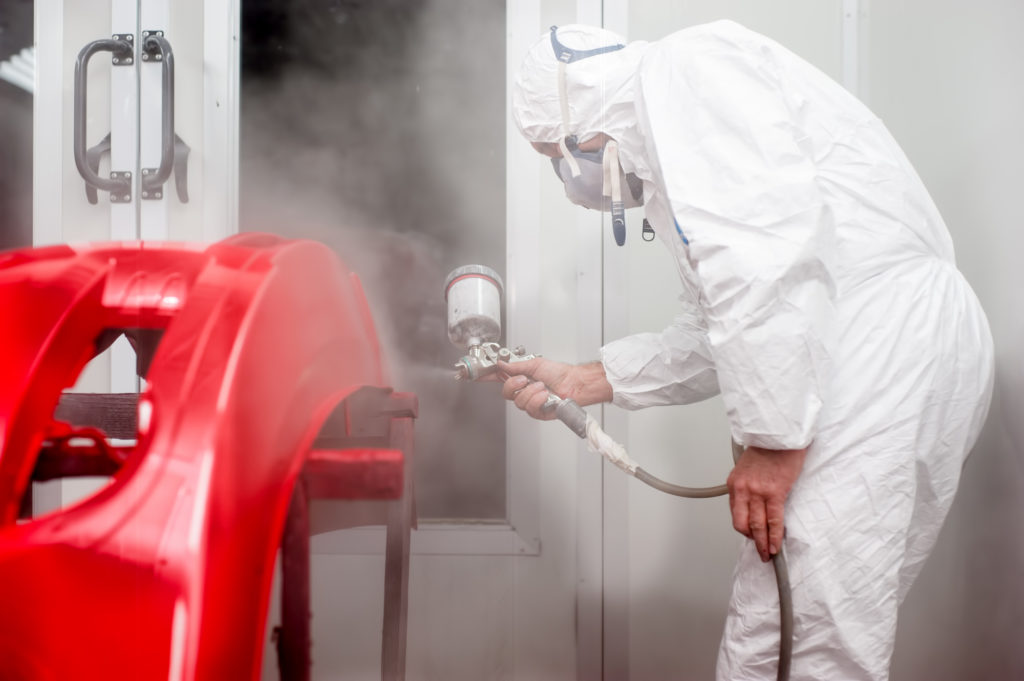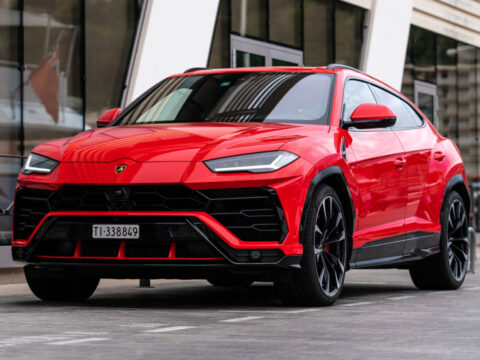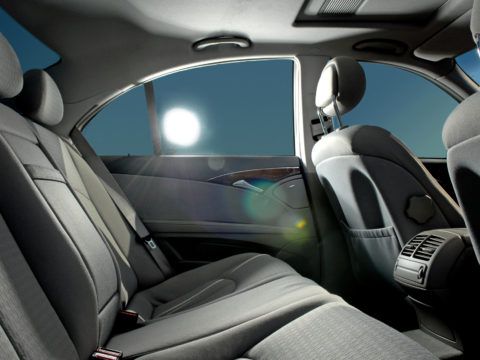If your car needs a new look or the paint job is worn, you might be interested in a fresh coat of paint. However, a professional paint job is expensive. Spray painting your car is a great alternative.
Depending on the paint’s brand and the vehicle’s size, you will need approximately 20 spray cans to paint a car.

Always buy more paint than you think you need for your car, since running out in the middle of your project could cause headaches.
How Many Aerosol Cans to Paint a Car?
It takes about 20 aerosol cans of spray paint to cover an entire car, though larger vehicles like trucks and SUVs will need more. The amount you need might vary depending on how many coats you apply and the type of paint you buy.
How Many Spray Cans of Plastidip to Paint a Car?
Plastidip is a rubber coating spray. It is a popular budget alternative to traditional auto paint.
A compact car will need approximately 14 to 16 spray cans of Plastidip for complete coverage. A four-door sedan will need about 20 spray cans. For a large SUV, van, or truck, you will need up to 30 spray cans.
To Paint a Car Hood
5 to 7 spray cans should be enough to paint a car hood.
To Paint a Car Door
1 to 2 spray cans will work for painting a standard-size car door.
To Paint a Car Bumper
You can easily paint a car bumper with 4 to 5 spray cans.
To Paint a Car Roof
4 to 5 spray cans will allow you to paint a car roof.
Contents
Can You Get Car Paint in a Spray Can?
Yes. Many types of car spray paint are on the market today. Some of the most popular options are Rustoleum Auto Body Enamel, Dupli-Color Perfect Match Automotive Spray Paint, POR-15 Top Coat Direct to Metal, and Krylon COLORmaxx Spray Paint. Many car owners choose to use Plastidip, a rubber coating spray.
When choosing the type and brand of spray paint you want to use, consider these factors:
- Budget: If you plan to drive the car for many years, you will want to spend more on the paint.
- Color match: All vehicle paint is color-coded, but it might be harder to match the color with certain brands like Plastidip.
- Coverage: If you buy paint with better coverage, you can use fewer cans.
Can You Paint a Whole Car With Spray Cans?
Yes. Some automotive enthusiasts believe spray paint is better for use in limited areas, but many vehicle owners trust spray paint to do the job on an entire car.
If you want to paint a whole car with spray cans, consider these pointers:
Choose the Right Location to Paint
- Make sure your car is in a ventilated area with little to no dust. Avoid areas with heating equipment, as these might produce sparks that ignite paint fumes. You should also consider protecting the parking lot, garage floor, and other surfaces.
Color Matching
- After 1995, car makers began stamping vehicles with unique paint color codes. Every car displays the paint code in a different location; you might need to search to find it.
Remove All Trim and Rust
- If you want professional results, make sure that you remove all rust before painting. Remove metal and plastic trim, or cover it to the best of your ability with newspaper and painter’s tape.
Remove Dents
- Take care of all dents to the best of your ability for the best-looking paint job.
Sanding
- Sand the vehicle with circular motions. Use medium-grit sandpaper at first, and switch to a fine grit when you have removed most of the paint. Fill in all remaining holes with automotive putty. Sand the putty when it is dry.
Cleaning
- Your car needs to be clean for the paint to bond with the surface. Use rubbing alcohol or mineral spirits on a soft cloth.
Masking
- Use painter’s tape and newspaper to cover the sections you do not want to paint. These sections include mirrors, windows, rims, and bumpers.
Priming
- You should use at least three coats of primer, allowing 15 minutes for each coat to dry.
- Let the last coat of primer cure for the time specified in the printed instructions.
- Sand the cured primer with fine sandpaper. Make sure you do not sand too much primer off.
- Wipe down the sanded primer coat with a small amount of paint thinner on a clean rag.
Painting
- Be sure to shake the can for at least three minutes before painting. Paint on a piece of cardboard to make sure there are no streaks before painting the car.
- When you paint, use long horizontal motions and move your arm at a consistent speed.
- Apply at least three coats of paint for the best finish.
- Follow with a clear top coat.

Can You Do a Good Paint Job with Spray Cans?
Painting a car is a complex process, but it is certainly possible to achieve a great result with spray cans. If you do your best work and follow the pointers in this article, you can refresh your car’s look for a fraction of the cost of a professional paint job.
How do You Make a Spray Can Paint Job Look Good?
Avoid rushing when spray-painting your car. The quality of the final product depends on the amount of time you invest and the pride you take in your work.
Ensure that you pay close attention to the early steps in the process. If your priming, sanding, and hole-filling look excellent, your paint job will look excellent.
What is the Best Can Spray Paint for Cars?
At-home painters agree that POR-15 makes the best car spray paint. This paint is expensive compared to other options, but it gives long-lasting results. The formula allows painters to complete the job in one step rather than spending time on primers and clear coats.














